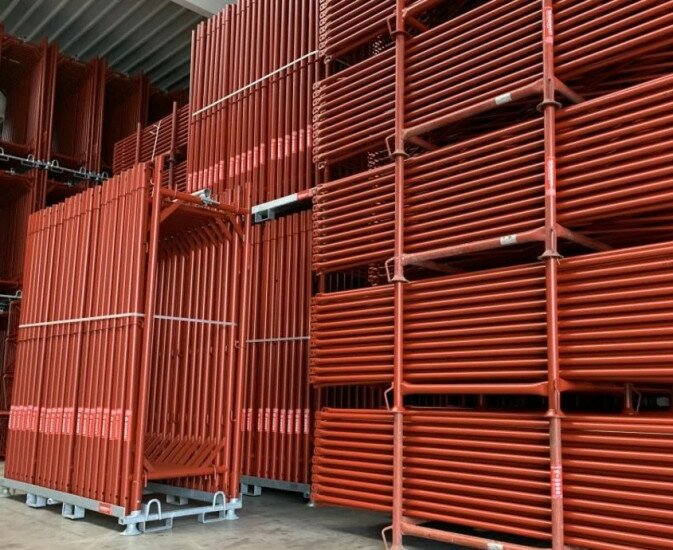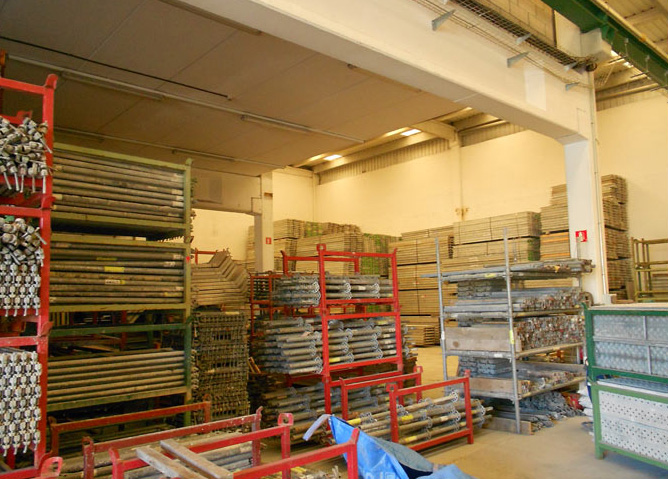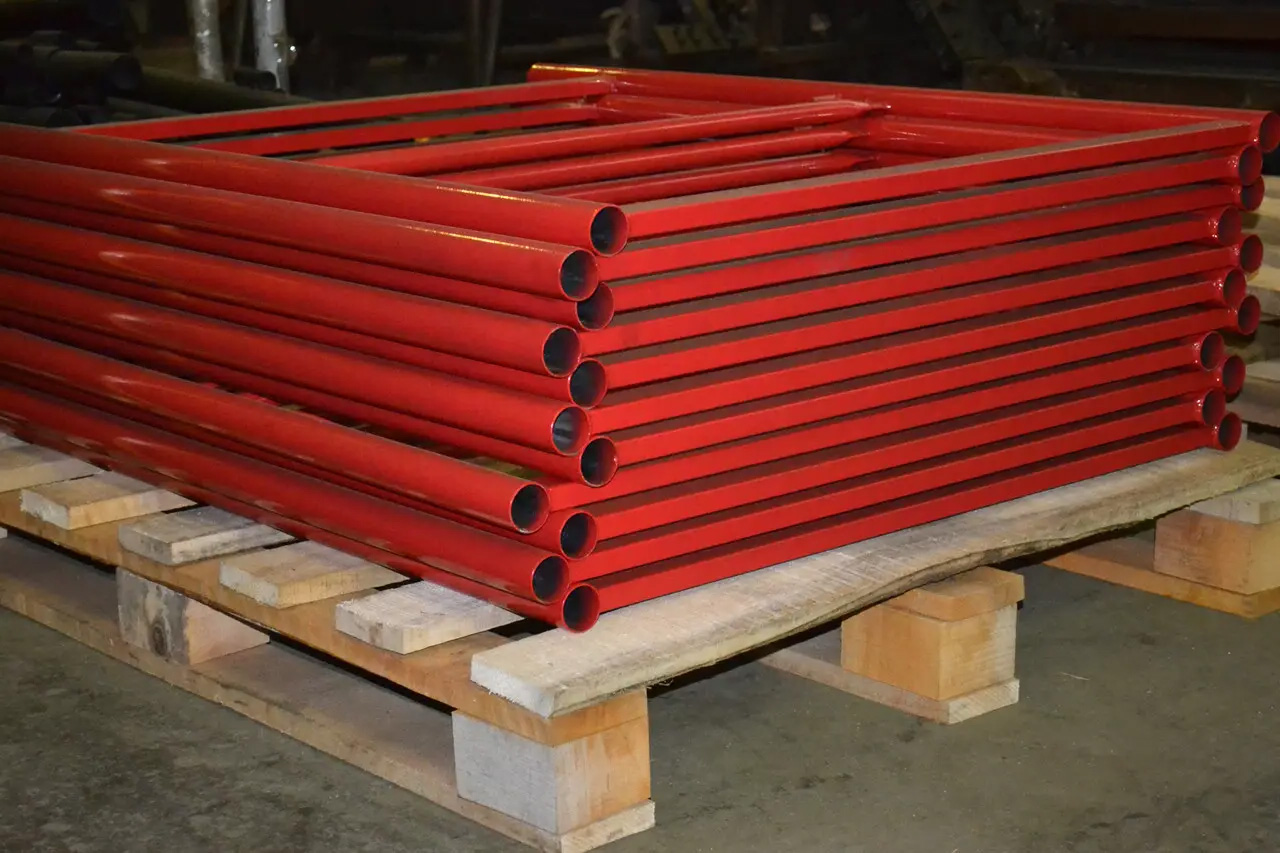How to store scaffolding in winter?
12 January 2026

In order for scaffolding to serve for a long time, it should be stored properly. The first thing you should be concerned about is having an organized storage area. Such a place will allow you to store scaffolding parts in an orderly manner, make them easier to find, and not subject to premature destruction; the units will be available, and you will be able to use them when necessary without loss.
Inspect the scaffolding parts for dirt, paint and varnish materials, and debris. Remove contaminants, because they will prevent you from seeing possible damage to welds, wear of individual parts, cracks, breakages, and corrosion. If you find a damaged scaffolding element, it needs to be replaced. Do not put it off until later; you may forget and use the damaged element again, which is unsafe. Cleaning and inspecting scaffold components for damage is a step towards safe operation and also prevents damage to other parts.
If scaffolding elements are piled up randomly in a warehouse, then finding the right parts is very problematic and takes time and nerves. When parts are stored in an orderly manner and the shelves are labeled, you can easily and quickly find the item you need. Separately place the frames, decking, and ties, so you will keep the parts straight and will easily find them when you reassemble the scaffolding.

It is not advisable to store wooden flooring and steel parts of frame scaffolding in damp, damp areas, because Such conditions can provoke corrosion and destruction of the metal. When frame scaffolding was wet by rain and dried out - this is one case. And it’s a completely different matter if scaffoldings are constantly in conditions of high humidity and dampness. The best place to store scaffolding is in an indoor area; as an alternative, you can cover the scaffolding elements with covers when they are in storage. This way you can protect parts from rain and moisture if there is no free space for storing scaffolding.
Often, after scaffolding has been delivered to the warehouse, there is no desire or time to carefully store the elements. Of course, steel can withstand impacts and falls, but rough unloading of scaffolding from a transport vehicle can lead to deformation and other damage to scaffolding components. Scaffold parts should be stored in such a way that they do not fall or bend. Sort the units by type, do not place heavy frames on long thin horizontals so that they do not become deformed. By carefully putting the scaffolding elements into storage, you will find them intact in the next construction season.

It is best to place wooden pallets on the floor and place the assembly parts on them. This will keep the metal parts clean and dry. If there are racks, it is also convenient to store non-bulky parts of the scaffolding on them. If necessary, you can sign what exactly and in what quantity is on the shelf.
Also read the blog How to Prevent Unauthorized Access to Your Scaffolding.